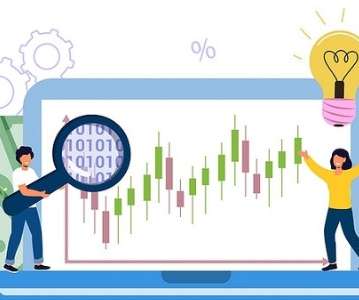Want to Know How VC’s Calculate Valuation Differently from Founders?
Both Sides of the Table
JULY 22, 2010
I couldn’t understand why they wanted so many options until a friend pointed out that this just lowered their “true&# pre-money valuation (they also asked for some sharp elbowed terms in the deal). So let’s start calling the term sheet listed pre-money valuation as the “nominal&# pre-money valuation.




























Let's personalize your content